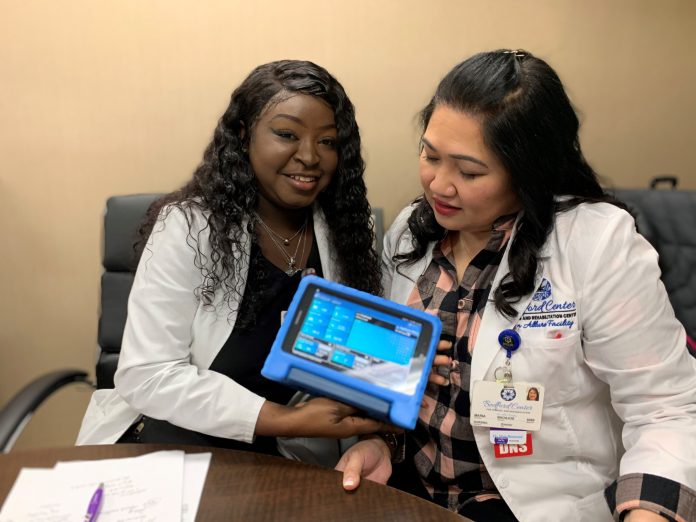Monitoring vital signs in patients is a crucial part of essential care in hospitals and care facilities across North America. According to the National Center for Biotechnology Information, “today, vital signs play an important role in emergency departments (ED) and on the wards, to determine patients at risk of deterioration. Even though it is accurately predicted by vital sign changes, clinical deterioration often goes unnoticed, or is not detected until it is too late to treat. This is mainly caused by inadequate recording of vital signs or as a result of an inappropriate response to abnormal values.”[1]
There have been key developments made with regards to assistive technology, devices and applications to better assist care workers and staff in keeping a close eye on their patients, especially during vulnerable times such as a transition from hospital to an acute care or rehab community, or home. However, implementing this technology into clinically sophisticated facilities has been a challenge to date. While the technology is available, it has been primarily used in hospitals, and has just recently been introduced to skilled nursing facilities.
RYK Solutions™ has recently made an advanced remote patient monitoring (RPM) technology called TelemetRYK™ available for the first time outside of a hospital setting to two health care facilities in New York. TelemetRYK™ provides continuous, real-time monitoring of vital signs and The Allure Group is using it to closely monitor selected patients at Hamilton Park Nursing & Rehabilitation and Bedford Center for Nursing & Rehabilitation who have been admitted with a cardiac diagnosis. Integration of this technology is set to follow shortly in their other facilities in New York. With biosensors for seamless data collection, this technology instantly captures complex medical information and health data while continuously monitoring patient vital signs.
Advanced technology like TelemetRYK™ ensures a rapid response to patient emergencies while providing longer-form data for patient analytics, revolutionizing patient outcomes. Having doctors and nurses connected through this technology also improves communication between staff and families, supports nurses and aids, and reduces hospital readmissions and the high costs associated with readmissions.
According to McKnight’s, the widespread adoption of technology like TelemetRYK™ across the skilled nursing industry signals a significant shift as improved communication and patient monitoring will allow for better prognosis and care for seniors and their families.
[1] Brekke, Idar Johan. The value of vital sign trends in predicting and monitoring clinical deterioration: A systematic review. NCBI US National Library of Medicine and National Institutes of Health PLoS One. 2019: 14(1): e.0210875. Published online 2019 Jan 15. Available online: https://www.ncbi.nlm.nih.gov/pmc/articles/PMC6333367/
























